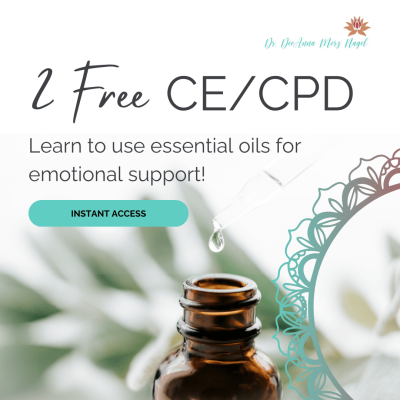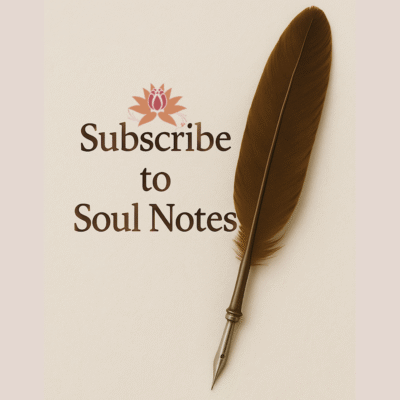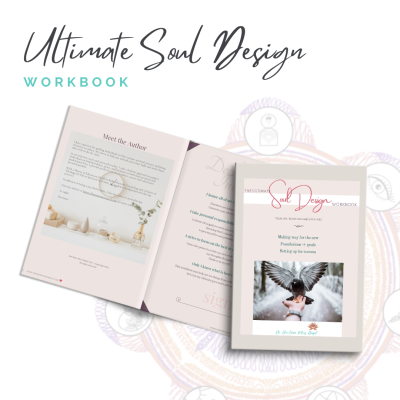As I listened to the final lecture of Pacifica Graduate Institute‘s Graduate Certificate in Contemporary Analytical Psychology and Neo-Jungian Studies, I realized how much I have gained over the past year of coursework. This final lecture spoke to Carl Jung teasing out religion from spirituality. One of the discussion questions asked. “Are you SBNR (spiritual but not religious)? If so, did the material on this in the lecture interest you?” I thought I’d share my reflections.
 Like a little extra magic? Listen to the lively Soul Spark conversation about SBNR HERE.
Like a little extra magic? Listen to the lively Soul Spark conversation about SBNR HERE.
I identify as SBNR—spiritual but not religious. For many of us walking a psychospiritual path, that acronym is more than a label; it’s a way of being. It means seeking connection, meaning, and transcendence without necessarily subscribing to a singular doctrine or dogma.
In my years of practice—and in my own inner work—I’ve found that Jungian and post-Jungian frameworks naturally complement this stance. These psychological approaches don’t require allegiance to any formal faith tradition. Instead, they open a spacious field in which myth, symbol, archetype, and the numinous can speak.
I have participated in organized religion much of my life but this SBNR thing- it’s long felt like home base for me.
Jung’s emphasis on individuation, the archetypal psyche, and the sacredness of inner experience makes room for a form of spirituality that’s intimate, evolving, and deeply personal. For many of us (and our clients), the path isn’t about rejecting religion—it’s about widening the sacred. It’s about recognizing that revelation can arrive through dream, synchronicity, or a card pulled at just the right moment—not just through scripture or sermon.
This is the terrain that my own model, Essential Soul Care®, was born from. It integrates the symbolic and the soulful, drawing on tools like oracle cards, chakra attunement, contemplative writing, and aromatherapy—not as rigid rituals, but as intuitive invitations. These practices are often labeled “woo,” yet they are precisely the tools many clients are already turning to on their own healing journeys.
And they’re bringing these tools into session with them.
They’re asking us to meet them where they are—with spiritual literacy, cultural humility, and a willingness to engage the symbolic life. Whether or not we personally use these tools, our capacity to witness and honor them matters. I see our role not as gatekeepers of meaning, but as midwives of unfolding—supporting the soul’s longing for integration and wholeness.
For me, this is what a Neo-Jungian practice looks like: integrative, symbolic, spacious, and deeply human. It doesn’t shrink away from the sacred. It walks beside it—with curiosity, care, and the courage to name the mystical when it appears.
These are my final thoughts on the course, but certainly not my final thoughts on a Neo-Jungian approach to the work of helpers and healers!







